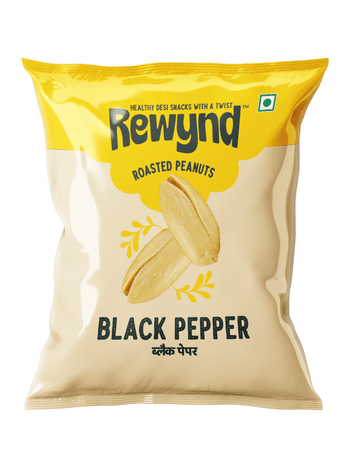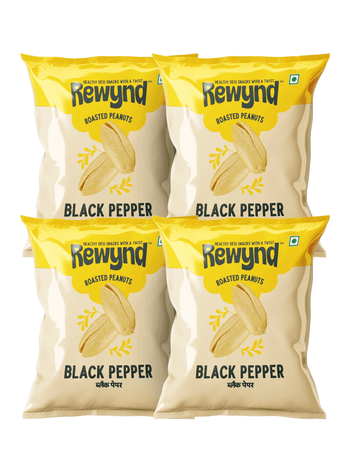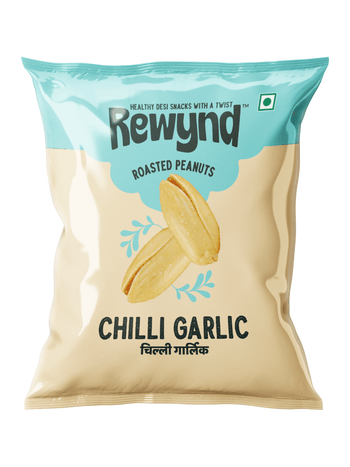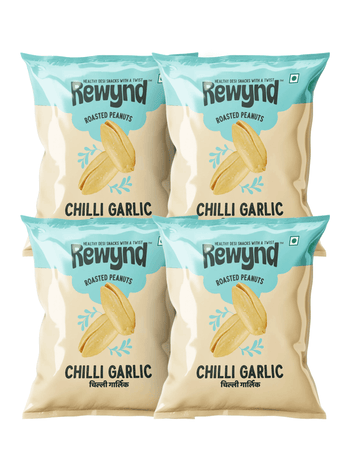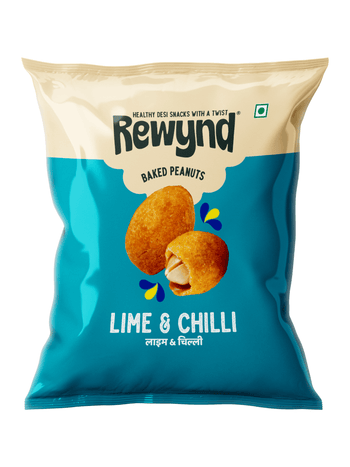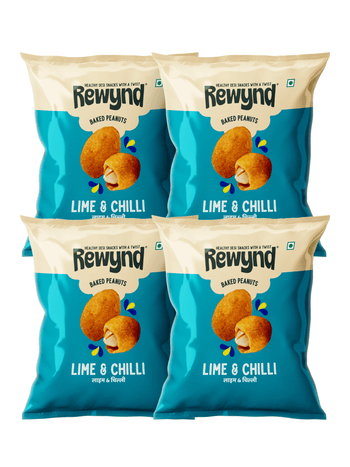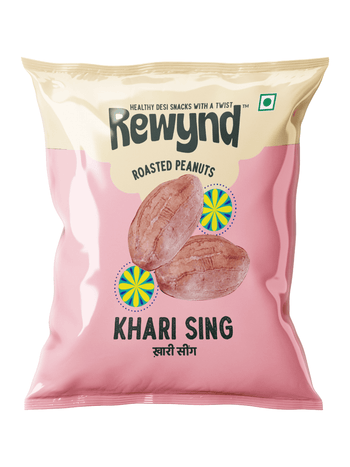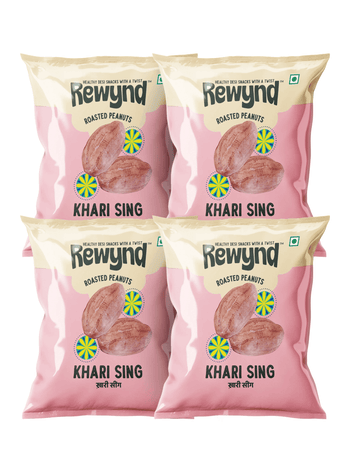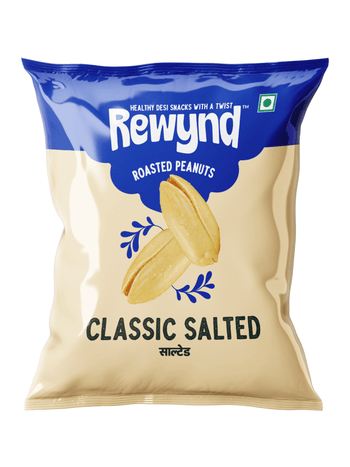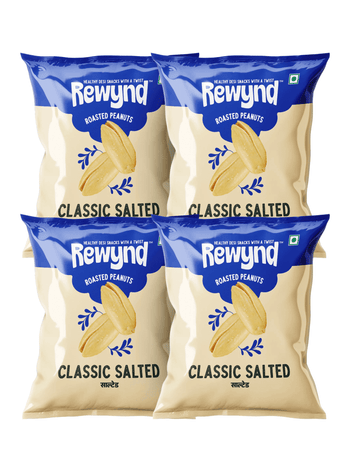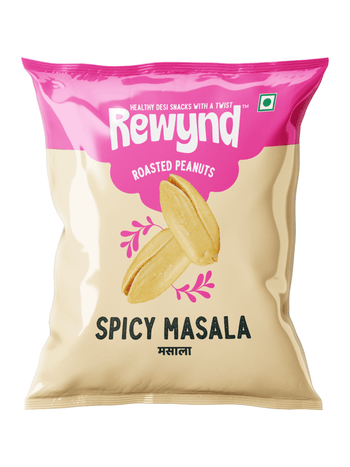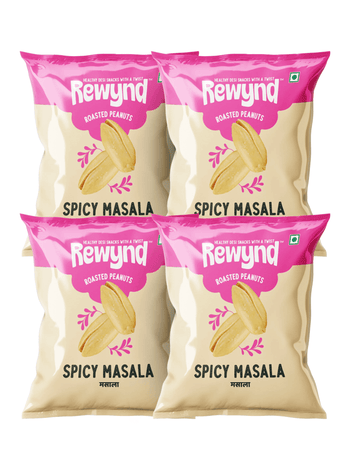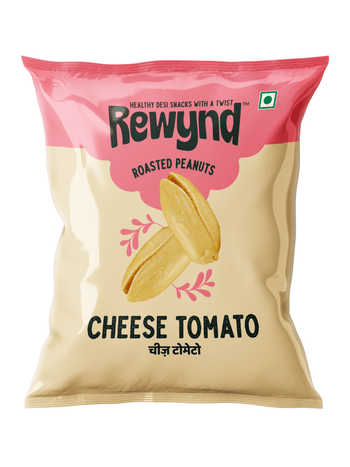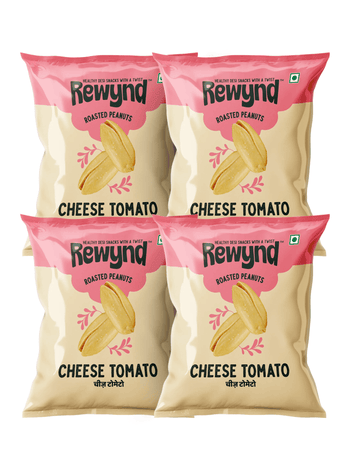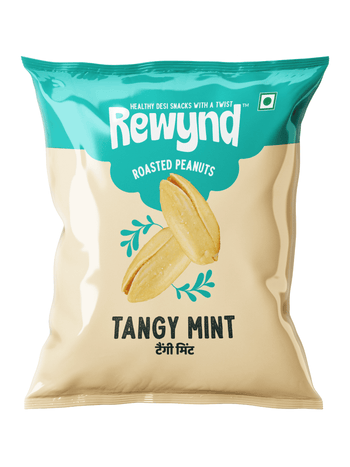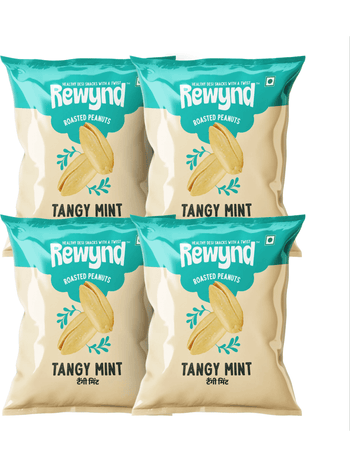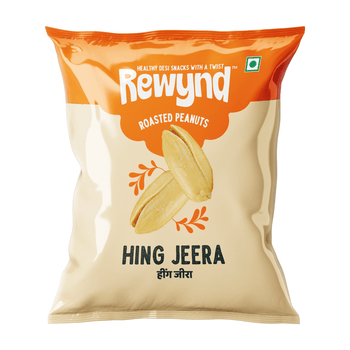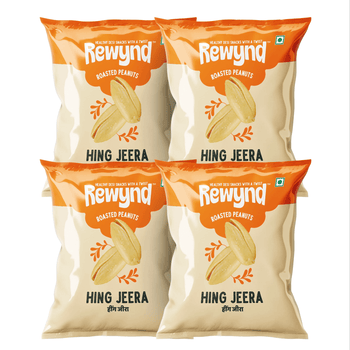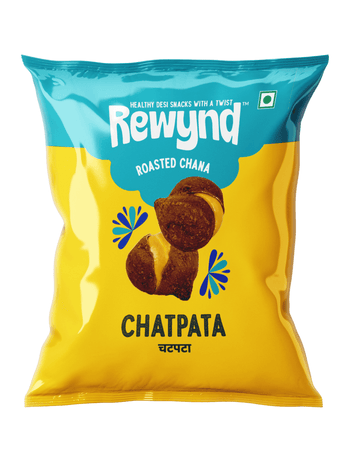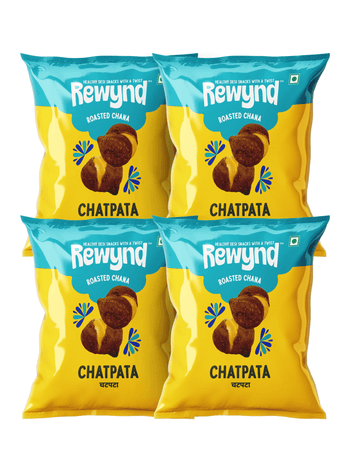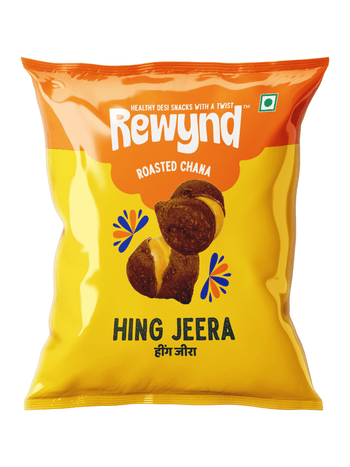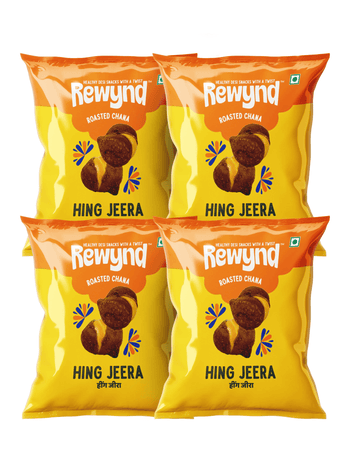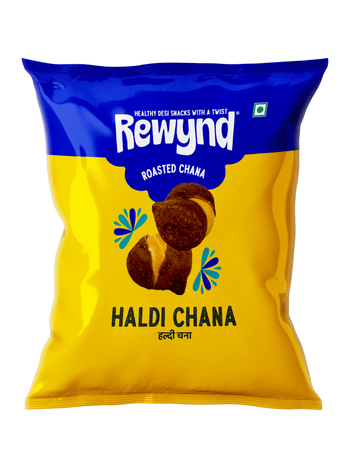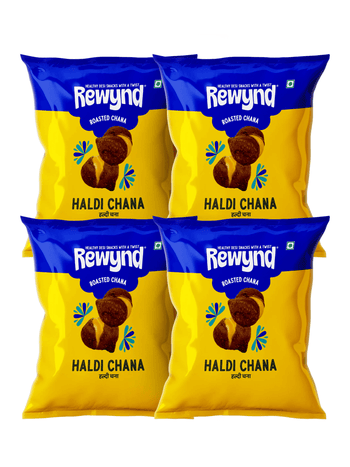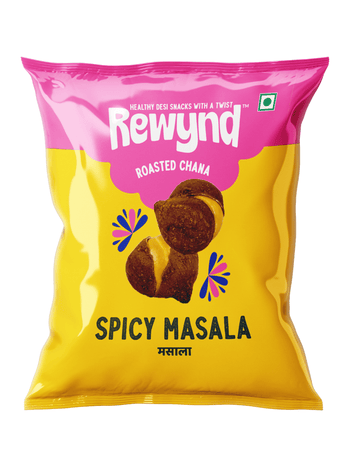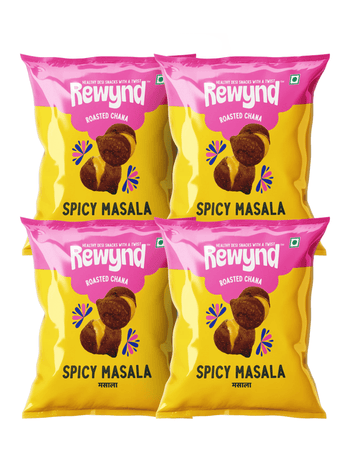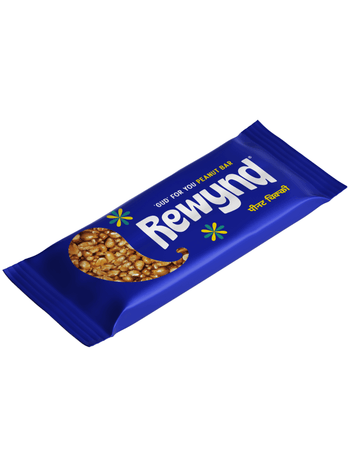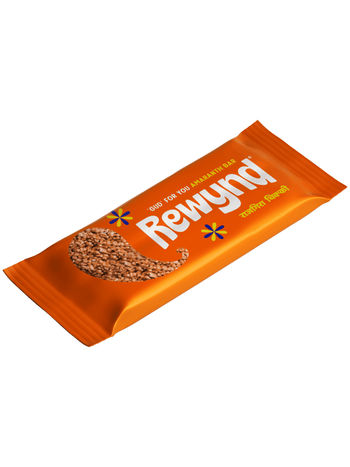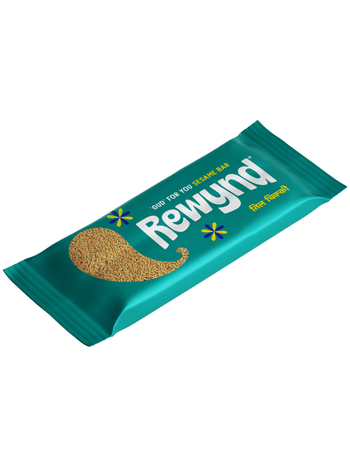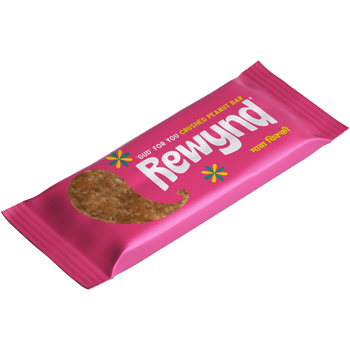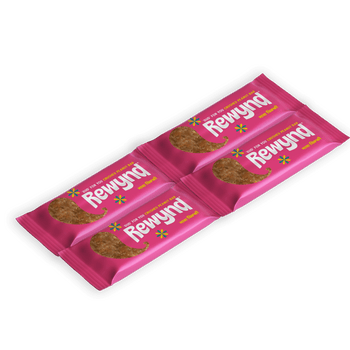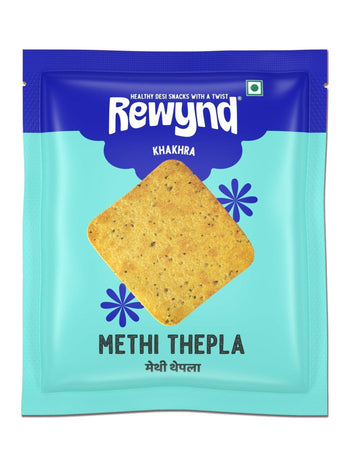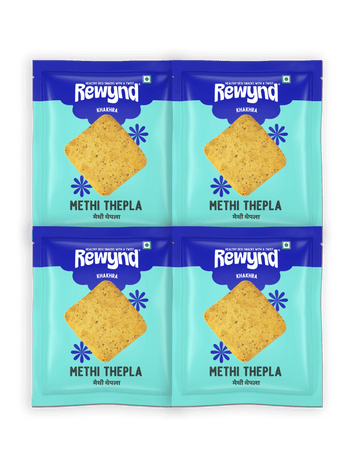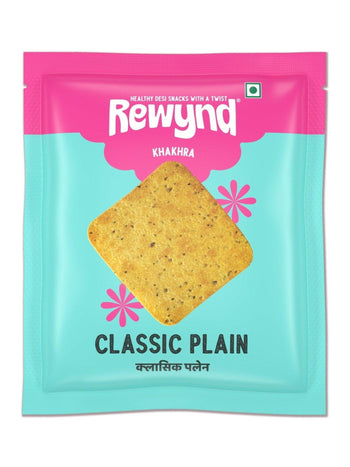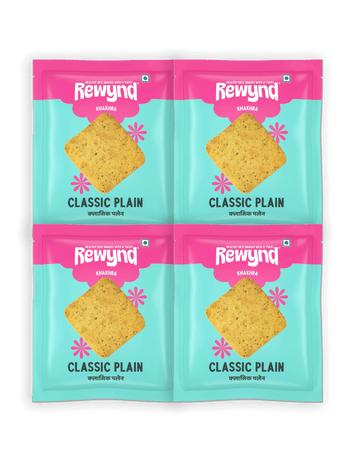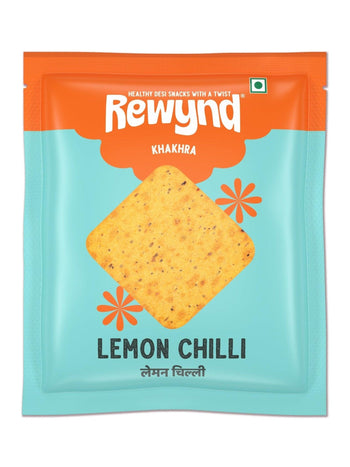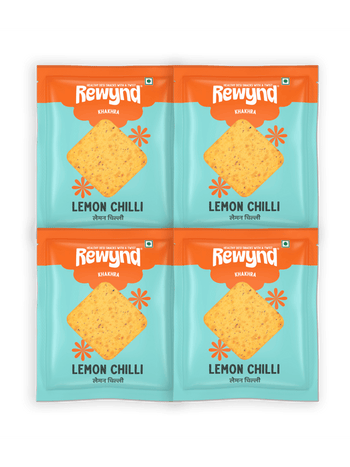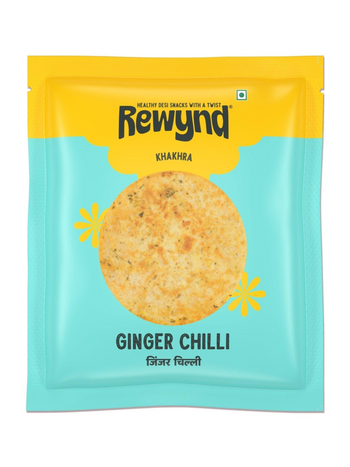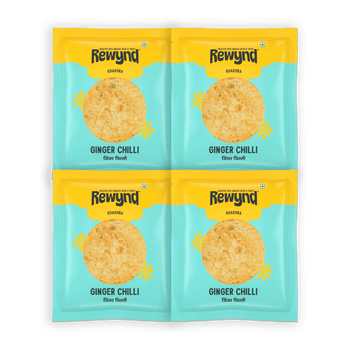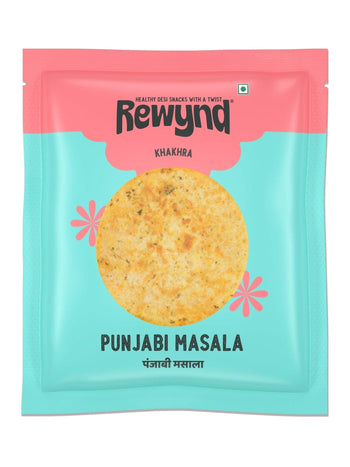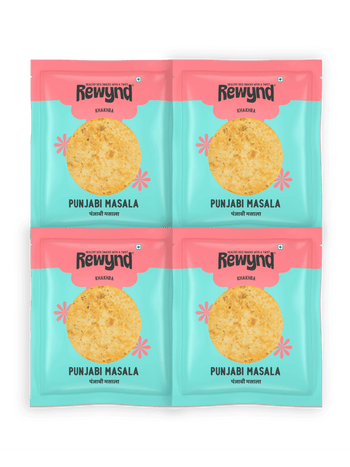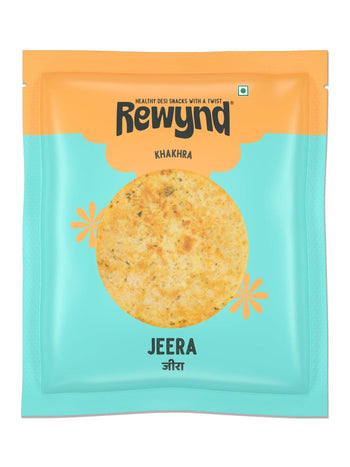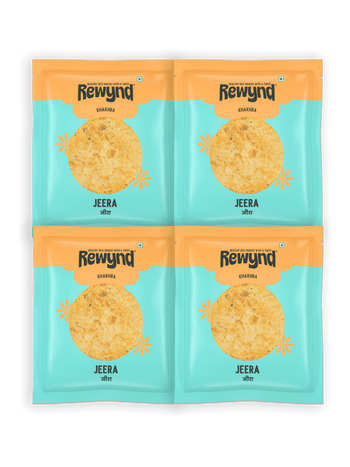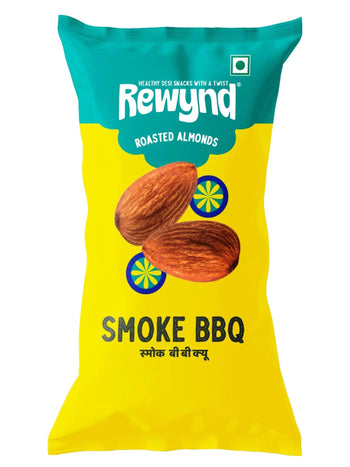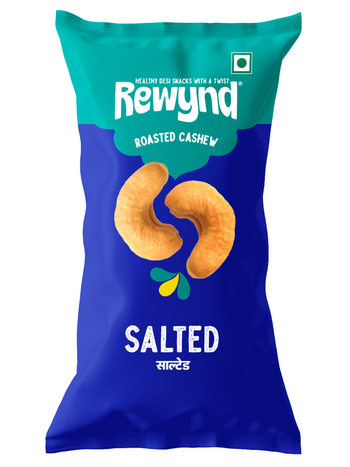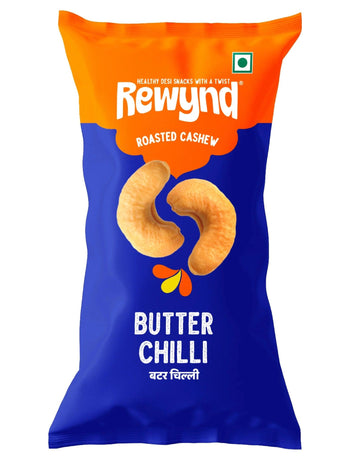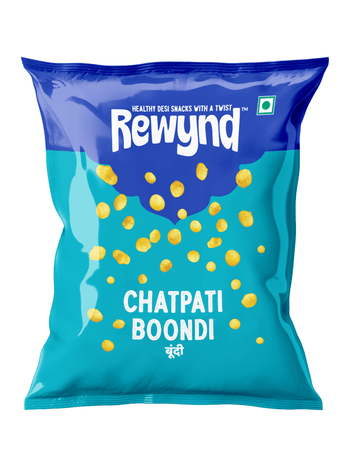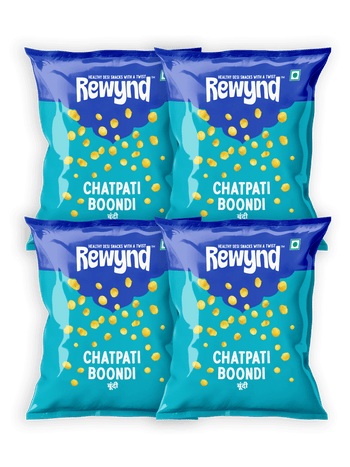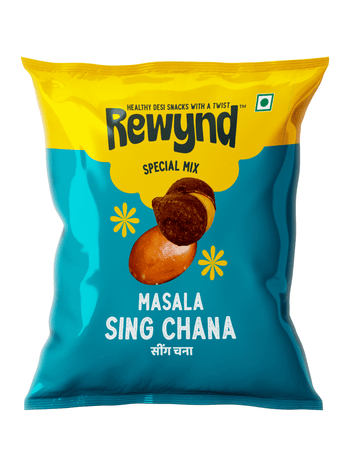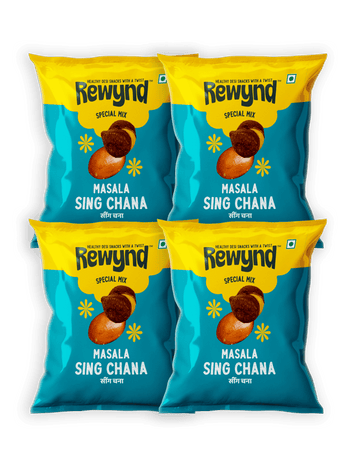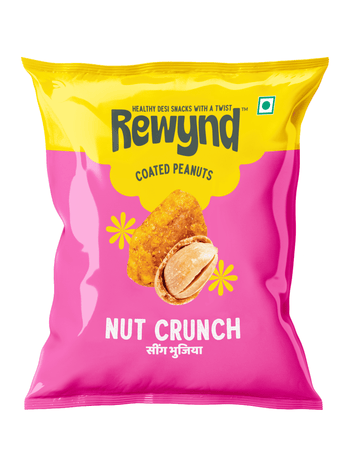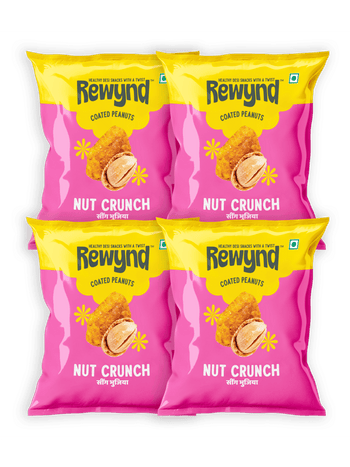In the quest for healthier snack options, two popular choices that often come up are Traditional Chikki and Modern Energy Bars. Both promise a quick energy boost, but how do they compare regarding nutrition, ingredients, and overall health benefits? Let’s break it down.
Overview: Chikki vs Energy Bars

| Feature | Traditional Chikki | Modern Energy Bars |
| Main Ingredients | Jaggery, peanuts, sesame seeds, dry fruits | Oats, protein isolates, sugar, honey, nuts |
| Calories | Moderate (depends on portion size) | Varies, but often calorie-dense |
| Nutritional Benefits | Rich in healthy fats, fiber, minerals, and peanuts | High in protein, fiber, and carbs |
| Added Sugars | Uses jaggery, a natural sweetener | Often contains added sugars, artificial sweeteners, and syrups |
| Convenience | Requires preparation; usually bought pre-made, but can be homemade | Pre-packaged |
| Cultural Significance | Traditional Indian snack | Modern, globally popular snack with a variety of artificial flavors |
What Makes Traditional Chikki Special?
Chikki is a beloved Indian sweet made primarily from jaggery and nuts. It's been enjoyed for generations as a healthy treat, especially in regions across India. Here’s why it stands out:
Benefits of Traditional Chikki:
- Natural Sweetener (Jaggery): Unlike processed sugar, jaggery is rich in iron and minerals. It supports digestion, helps detoxify the body, and provides a natural energy source.
- Nutrient-Dense Ingredients: Peanuts, sesame seeds, and dry fruits like cashews and almonds provide healthy fats, protein, and essential vitamins. These contribute to brain health, heart health, and overall well-being.
- High in Fiber: Ingredients like sesame seeds and nuts offer a good amount of fiber, which aids digestion and helps maintain healthy cholesterol levels.
- Minimal Processing: Traditional chikki is often homemade, so there’s less risk of artificial preservatives, colourants, or additives.
Potential Downsides of Chikki:
- Calorie-Dense: Chikki is often calorie-rich due to the sugar content from jaggery and the fat from peanuts or nuts. This can make it high in calories, which may not be suitable for those trying to maintain a calorie-controlled diet.
- Added Sugars: Some commercially available chikkis may have a sugar coating or extra sweeteners in addition to jaggery, increasing their sugar content. Always check the label and opt for chikkis with just two ingredients—jaggery and peanuts/nuts—to avoid unnecessary added sugars and chemicals.
- Heavy on the Sweet: Even though jaggery is a more natural sweetener compared to refined sugar, it still contributes a significant amount of sugar. Consuming chikki in moderation is key if you're monitoring your sugar intake.
What About Modern Energy Bars?
Energy bars have gained massive popularity, especially in fitness circles and among people with busy lifestyles. They're marketed as convenient, healthy snacks that offer quick energy. But are they all they claim to be?
Benefits of Modern Energy Bars:
- High in Protein: Most energy bars contain added protein, which is great for muscle repair and recovery after workouts.
- Variety of Flavors: From chocolate to vanilla, energy bars have various flavours, offering something for everyone.
Potential Downsides of Energy Bars:
- Added Sugars: Many commercial energy bars contain refined sugars or syrups, which can cause blood sugar spikes.
- High in Preservatives: Some energy bars may contain artificial preservatives, flavours, or colourants that might not be ideal for long-term consumption.
- Processing: Energy bars often undergo heavy processing, which can strip away some of the natural nutrients in whole foods.
- High in Artificial Flavors: Many energy bars are flavored artificially to appeal to a broad range of taste preferences. These flavors are typically synthesized in labs and may lack the authentic, natural taste found in whole foods, potentially leading to digestive issues for some individuals.
- Expensive: Pre-packaged energy bars can be relatively expensive, especially when compared to homemade or traditional snacks like chikki. The cost of convenience and marketing can add a premium price to energy bars, which can be a barrier for regular consumption.
Which Is Better for You: Chikki or Energy Bars?
When to Choose Chikki:
- For an Energy Boost: Chikki provides a quick, natural energy source, making it a great choice for an afternoon snack or during fatigue.
- For Digestion and Detoxification: The jaggery in chikki helps cleanse the liver and aids digestion, making it a better choice for promoting gut health.
- For Those Who Want a Traditional Snack: If you prefer whole, minimally processed ingredients, chikki offers a taste of tradition with its wholesome, natural sweetness.
- For an Energy Boost After Workouts: Chikki has evolved into a natural energy bar, perfect for post-workout recovery. With jaggery providing quick energy and peanuts offering protein for muscle repair, it’s a clean, wholesome alternative to processed bars. Portable, affordable, and packed with nutrients, chikki is an ideal choice for fitness enthusiasts seeking a natural refuel.
When to Choose Energy Bars:
- For Variety: Energy bars offer a wide range of flavours, from fruity blends to indulgent options like compound chocolate, catering to diverse taste preferences while delivering a nutritious snack.
- For Balanced Nutrition: Many energy bars are fortified with additional vitamins and minerals, making them a more nutrient-dense option when compared to regular processed snacks.
Conclusion: Which Is Better?
The best snack depends on your health goals, lifestyle, and dietary preferences. Why not enjoy the best of both worlds? You can alternate between these two based on your energy needs, workout schedule, or cravings.
After all, life’s too short to snack boringly. So, go ahead and crunch your way to happiness! Remember, moderation is key—because too much chikki or too many energy bars might leave you wondering why your jeans suddenly feel snug. 😉

